The process of providing a safe home to a child in your community through fostering, or growing your family through fostering to adopt or private adoption, is a complex world to understand. Each of these decisions deserves time, depth, and care. In this post, I will provide a general overview and some resources to help you get started in considering these paths.
First, some definitions:
- Fostering refers to the process of providing a home for children in your local county who need a safe place to stay for (ideally) a short period of time before they are reunited with their family of origin.
- Sometimes, children in the foster care system end up needing permanent placements with foster parents, which is called fostering to adopt.
- Adoption is a process that connects birth parents with prospective adoptive parents to raise their child, and mostly happens in the private sector.
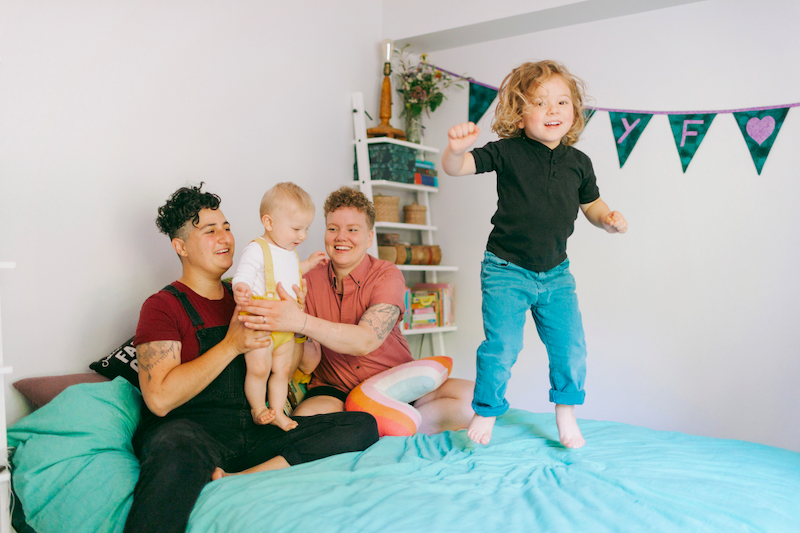
Maybe you’re just starting to explore one of these paths, you’ve always known that you wanted to do it, or you’ve tried other forms of growing your family that haven’t panned out.
If you’re here as a result of experiencing infertility, I highly recommend discussing this decision with a counselor or therapist before moving forward on one of these paths.
How common is it?
To begin with, let’s look at the data to get a sense of how common fostering, fostering to adopt, and adoption are in the U.S.:
- There are fewer than 200,000 licensed foster parents and about 368,500 foster children and youth in foster care in the U.S.
- About 25% of foster youth are adopted, the majority by their foster parents — approximately 50,000 per year.
- Of the 1.8 million adopted children currently living in the U.S., 37% were adopted domestically in the U.S. and 25% were adopted internationally.
A higher percentage of LGBTQ+ parents foster and adopt children compared with heterosexual parents, and about 30% of youth in the foster care system identify as LGBTQ+. Many beautiful queer families are built through fostering to adopt or adoption. And these are complex processes that require a lot of cultural sensitivity, humbleness, and a trauma-informed perspective.
Let’s dive into each of these paths in more depth.
Fostering
Foster care is not a process for building your family, since the goal of the foster system is reunification with the child’s family of origin. Rather, it is a way to provide loving stability to a child or children who deeply need and deserve it. Sometimes, but not always, fostering can lead to growing your family, but that is not the primary purpose. There are always children in the foster system in your county who need a temporary and safe place to stay, and a disproportionate number identify as LGBTQ+.
You can apply to be a resource parent through a local agency. There are many different types of agencies, and I recommend doing research to find one that is in line with your values. Through this agency, you’ll need to show that your home is up to their standards, pass a background check, and do a series of certification courses. Agencies always prioritize placements with the child’s biological family of origin, and will call on other people in the community if this option is not possible.
Registering as a resource parent is free, and most programs provide a stipend for children’s living and health-care expenses. There are many resources to support prospective foster/resource parents available online.
Fostering to adopt
Over half of children in the foster system (53%) become reunited with their families of origin. When the goal of reunification with a child’s family is not possible, they may be permanently adopted by their resource parents or another family.
This way of growing your family can bring up social complexities. Most of the eligible children come from families affected by racism, poverty, and other forms of oppression that have made it difficult for their parents to care for them. And also, many beautiful families have origin stories through the fostering-to-adopt system.
AdoptUSKids is the primary website in the U.S. for connecting children needing homes to hopeful adoptive parents.
Forming your family through fostering to adopt is free in most situations and states because adoptive parents receive financial support to cover most fees involved. In certain situations, families may be asked to cover court or social worker fees, which may amount to $3,300 to $7,600 depending on the state.
Adoption
Unlike the foster system or the fostering-to-adopt program, the private adoption industry connects prospective adoptive parents with birth parents before or soon after the birth of the child. There are two types of private adoption: domestic and international. International adoption is extremely complex, so we will focus on domestic adoption here.
Becoming an intended adoptive parent involves choosing an agency to work with and going through an extensive application process and a series of interviews, background checks, and home visits. In the most recent data, from 2016 and 2017, private adoption costs are, on average, about $43,000. The majority of children (62%) adopted through private sectors are newborns.
Similar to the fostering-to-adopt process, private adoption brings many social and ethical complexities, and I recommend listening and learning from adoptees’ experiences if you are considering growing your family this way.
Closing thoughts
All of these paths bring up questions and issues to navigate that challenge many of society’s assumptions of what family can be. It’s important to educate yourself and access the resources available, no matter whether you’ve known forever that you want to engage in these systems or if you’re coming to this for the first time.
One thing I do know as a queer parent is that family does not necessarily equal biology. Family is formed through the love and commitment we show in our actions every day. Every child deserves a family as they grow.
The bottom line
- Becoming a foster or resource parent is a way to provide a stable, loving home to children whose families of origin are unable to care for them for a short period of time. It’s free to become a foster parent, and the county or state generally provides a stipend to help foster parents care for foster youth.
- 25% of children in the foster care system become available to be adopted, and the majority are adopted by their foster parents. Fostering to adopt can cost $3,300 to $7,600 depending on the state you live in.
- Private, domestic adoption involves signing up with a private adoption agency and matching with birth parents. This process costs about $43,000, and most of the children adopted this way are newborns.
We recognize that readers of ParentData identify in different ways — read more about our approach to gender-inclusive language here.
Community Guidelines



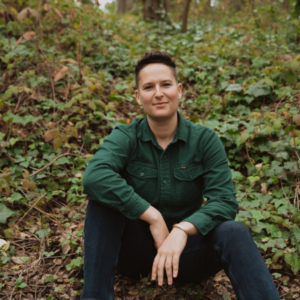

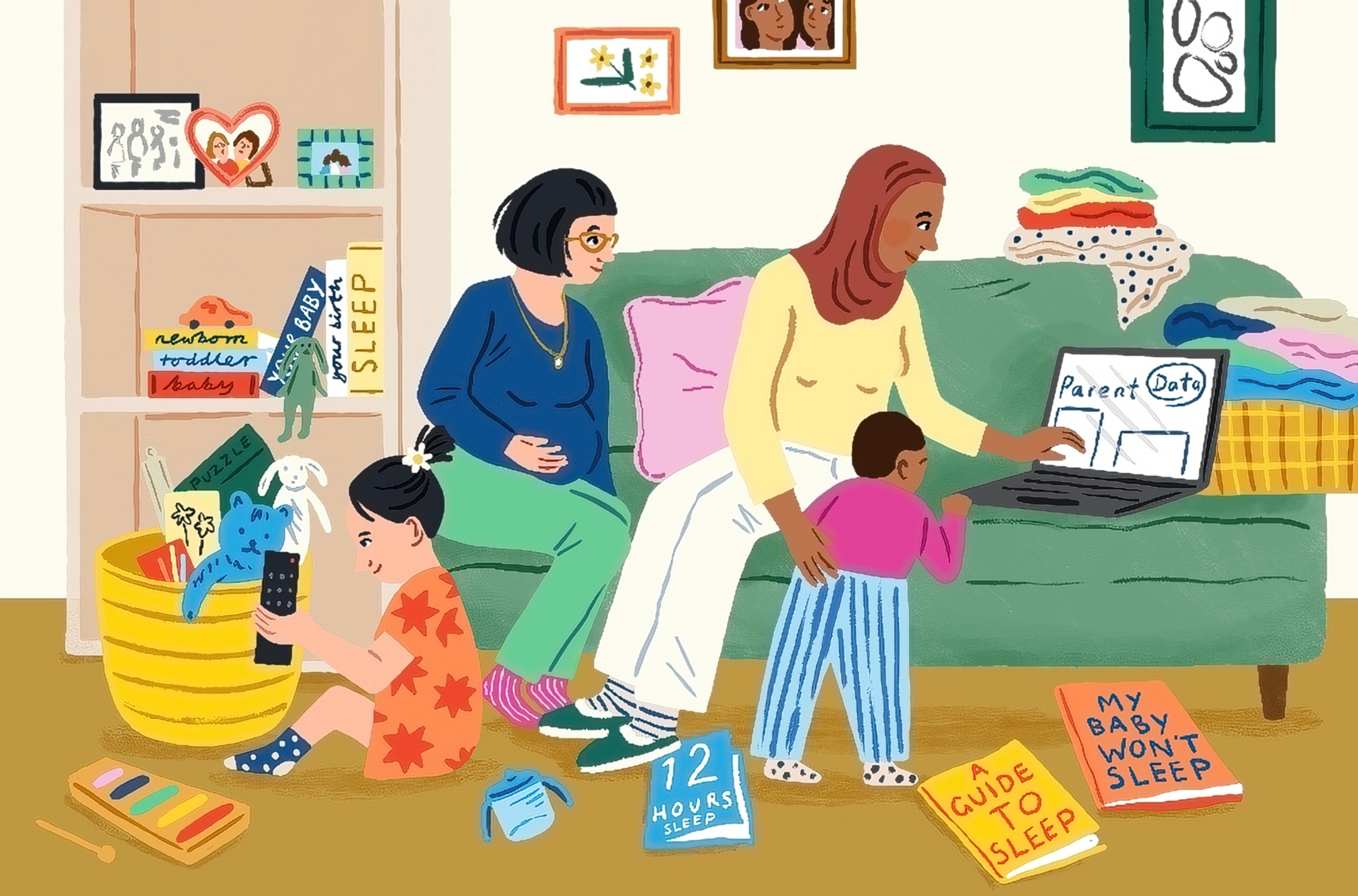
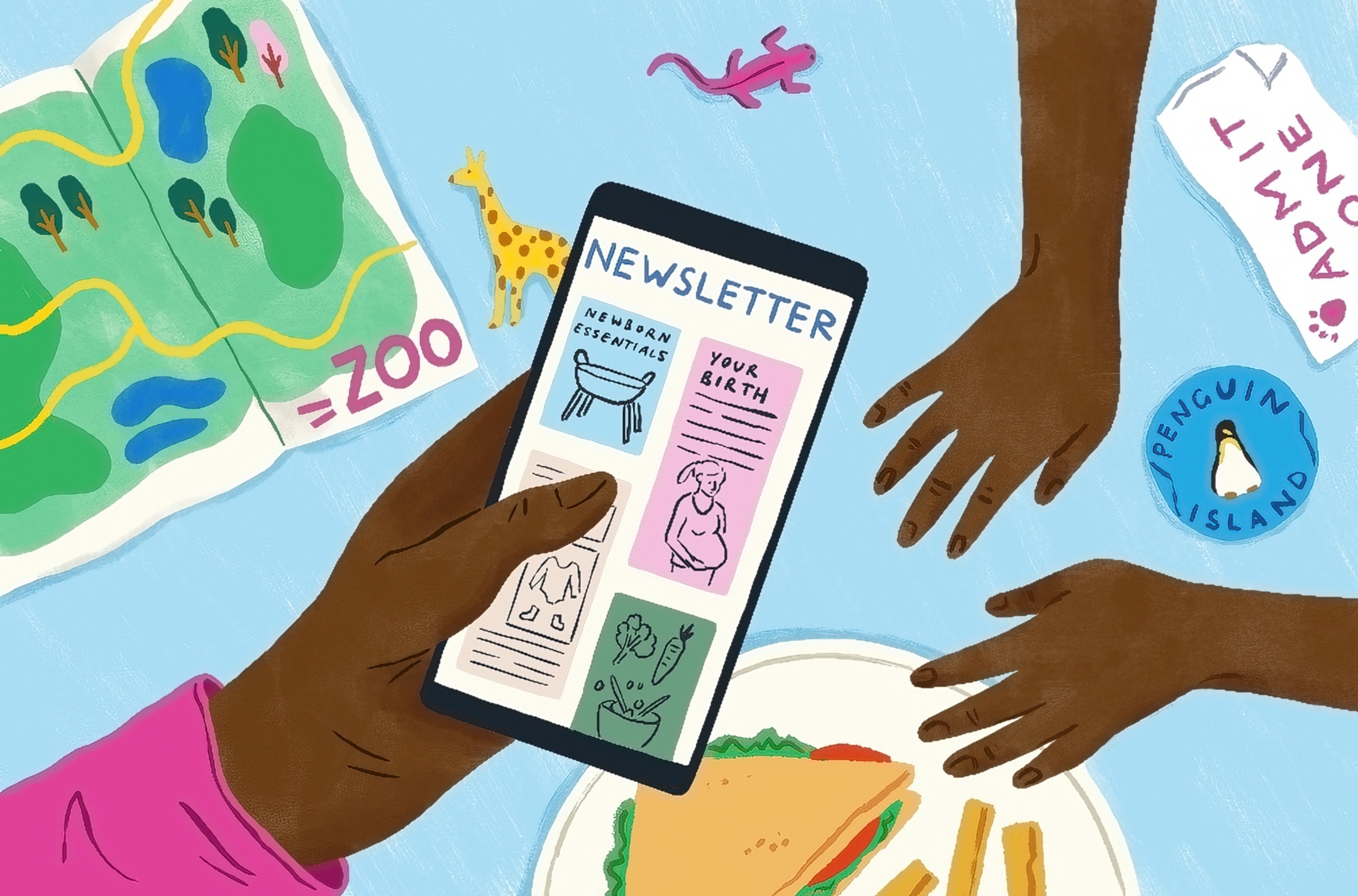
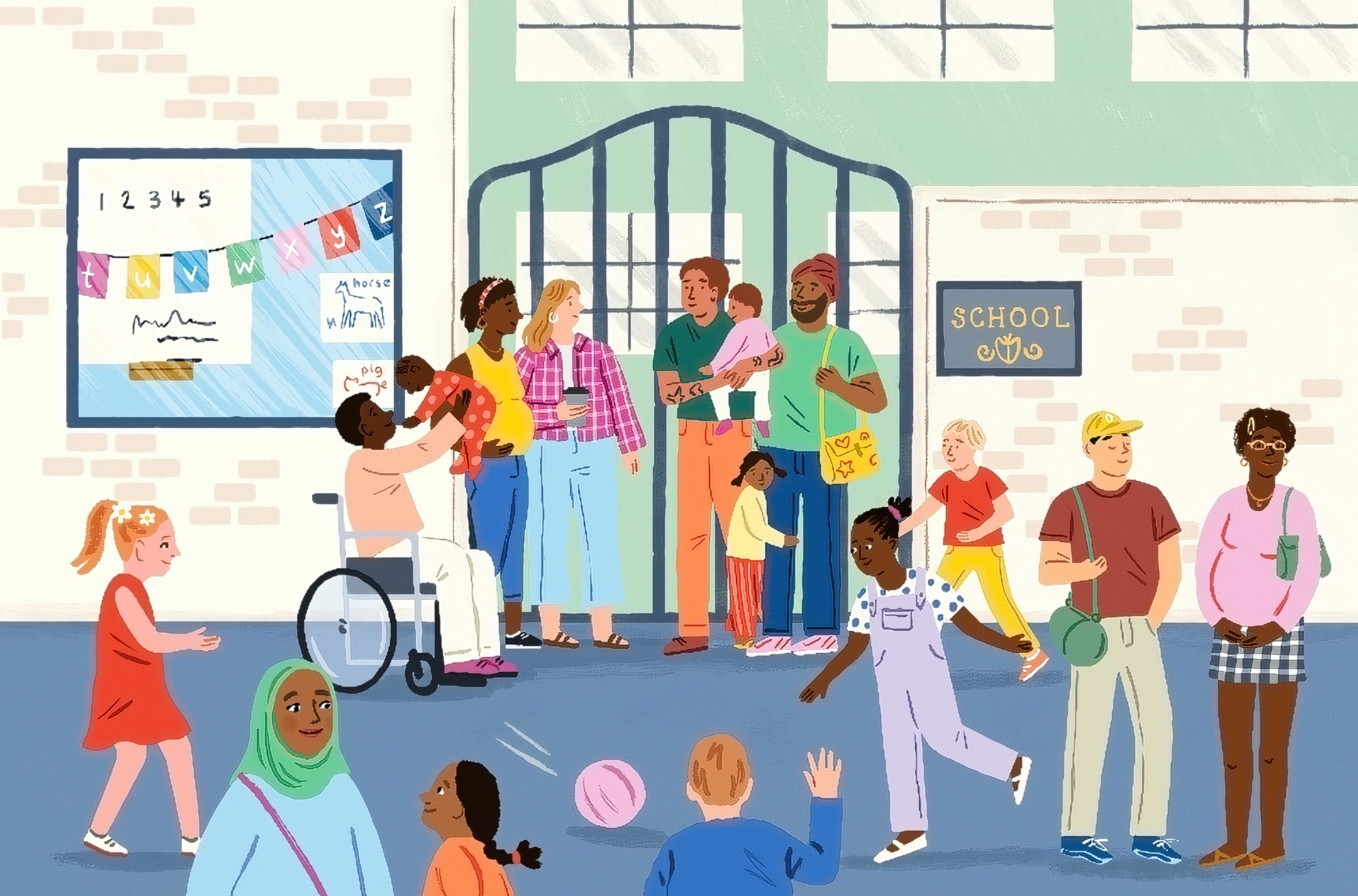
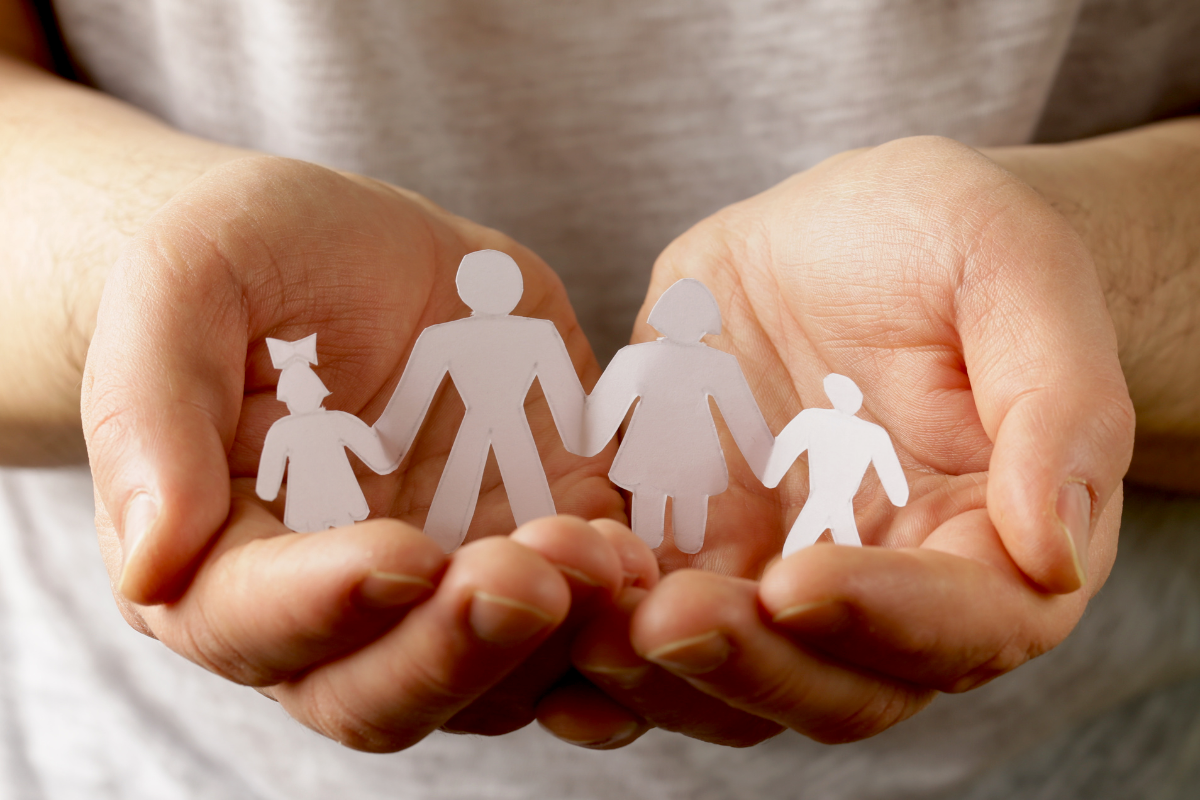
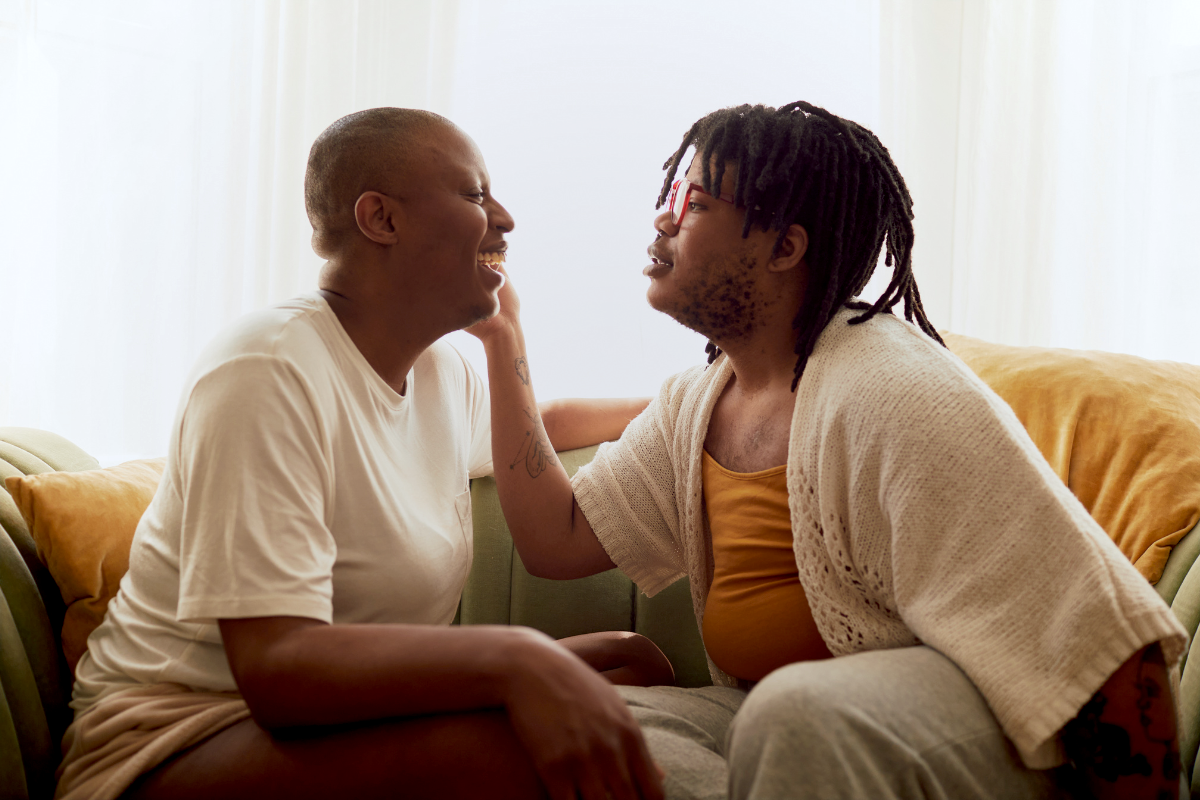


Log in